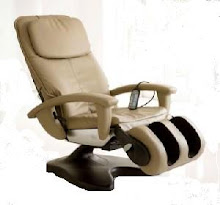Shoes fitting this description are still around, but they tend to be worn by the elderly, people with foot deformities or people at risk from diabetes. Even then far more conventional looking shoes are often available.
Every day orthopedic shoes are intended to be worn by anyone and everyone who gives a priority to the health and welfare of their feet. This type of orthopedic shoe, sometimes called a comfort shoe or an easy fit shoe, is an everyday pair of shoes that you wear for work, for walking around or for simply sitting around. This type of footwear has a design that supports the feet and offers padding and cushioning in all of the right places.
The appearance too is pretty standard. Some minor concessions to conventional design can include the replacement of laces with hook and loop Velcro fasteners and an outer sole that has a wedge sole rather than one with a heel, but these features are barely noticeable.
Materials can be natural leather or one of the breathable fabrics that stretch and contract with the feet. Styles are rarely the height of fashion, but this type of orthopedic shoe never stands out, looks out of place or appears dated.
The obvious question is who are these shoes designed for and who should wear them?
The answer is just about everyone. These shoes are nothing more than well designed and well made footwear and they will look after the feet of a healthy child or an elderly and not too healthy adult.
Orthopedic shoes do not have to have a specific look. In actualisation, most good quality hiking shoes are designed with the same approach as a more normal looking orthopedic shoe and the same can be said for some of the better training shoes and cross trainers (or sneakers).
Some more unusual “orthopedic shoes” can be found online and in some stores. The “five finger shoe” is one example and here the design takes a radial re-visit of shoe design and how the shoe works with the foot. The result is something very different , both to look at and to wear.



